Can Binoculars See Stars ?
Yes, binoculars can be used to see stars. Binoculars with a higher magnification and larger objective lens diameter are more effective for stargazing. They can help enhance the visibility of stars, especially when observing from areas with less light pollution. However, it is important to note that binoculars have limitations compared to telescopes, as they have a narrower field of view and lower light-gathering capabilities.
1、 Magnification Power of Binoculars for Stargazing
Binoculars can indeed be used to observe stars, but their effectiveness depends on several factors, including the magnification power of the binoculars. The magnification power determines how much closer the object appears compared to the naked eye. For stargazing, binoculars with a magnification power of at least 7x or 8x are recommended, although higher magnifications can also be used.
With binoculars, stars that are visible to the naked eye will appear brighter and more detailed. However, it is important to note that binoculars cannot reveal stars that are not visible to the naked eye due to their limited light-gathering capabilities. Therefore, while binoculars can enhance the viewing experience, they cannot make previously invisible stars suddenly visible.
Additionally, the quality of the binoculars plays a crucial role in stargazing. High-quality binoculars with good optics and coatings can provide clearer and sharper views of the stars. It is worth investing in binoculars specifically designed for astronomy, as they often have larger objective lenses, which allow for better light gathering and improved image quality.
It is also important to consider the conditions for stargazing. Light pollution can significantly affect the visibility of stars, even with binoculars. Therefore, finding a dark location away from city lights is essential for optimal stargazing experiences.
In conclusion, binoculars can be a valuable tool for observing stars, especially when used in conjunction with the naked eye. However, their effectiveness depends on the magnification power and quality of the binoculars, as well as the viewing conditions.
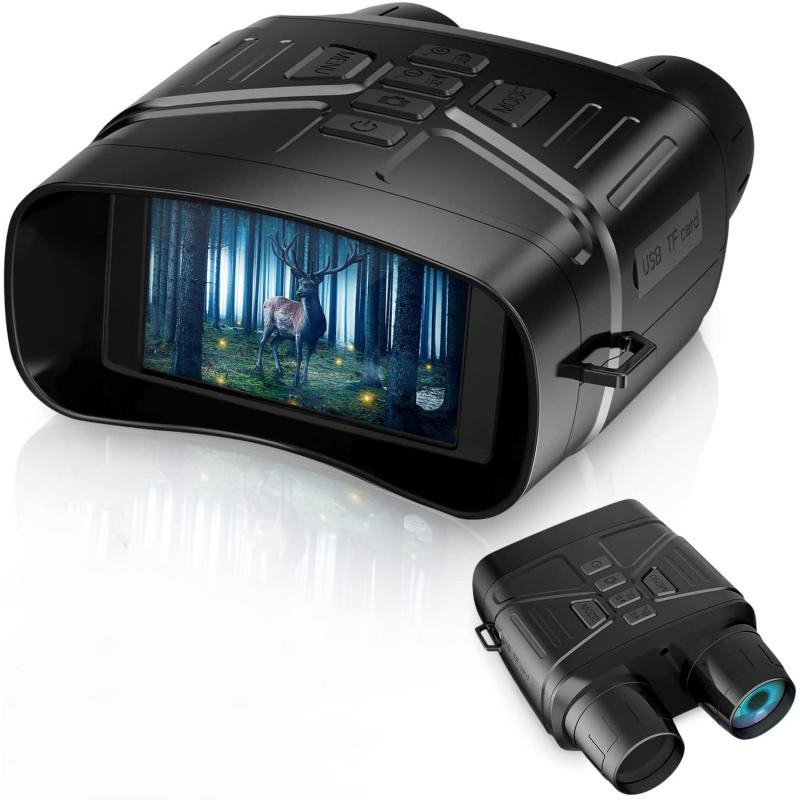
2、 Limitations of Binoculars in Observing Distant Stars
Binoculars are a popular tool for observing celestial objects, including stars. However, their effectiveness in observing distant stars is limited. While binoculars can indeed see stars, there are several factors that restrict their capabilities in this regard.
Firstly, the size of the objective lens in binoculars determines their light-gathering ability. Most binoculars have objective lenses ranging from 20mm to 50mm in diameter. This limits their ability to capture faint starlight, especially when compared to larger telescopes with objective lenses measuring several inches in diameter. Consequently, binoculars may struggle to observe dimmer stars or those located at great distances.
Secondly, the magnification power of binoculars is typically lower than that of telescopes. While binoculars can provide a magnification of up to 10x or 12x, telescopes can achieve much higher magnifications. This limitation makes it challenging to observe distant stars that appear as mere points of light even at higher magnifications.
Moreover, atmospheric conditions can significantly impact the visibility of stars when using binoculars. Light pollution, air pollution, and atmospheric turbulence can all degrade the quality of the observed image, making it difficult to discern faint stars or details.
However, it is worth noting that advancements in technology have led to the development of specialized binoculars designed for stargazing. These binoculars often have larger objective lenses, enhanced coatings to reduce glare and improve light transmission, and higher magnification capabilities. While they can improve the visibility of stars, they still face limitations compared to dedicated astronomical telescopes.
In conclusion, while binoculars can indeed see stars, their effectiveness in observing distant stars is limited due to factors such as their smaller objective lenses, lower magnification power, and atmospheric conditions. While specialized binoculars can enhance the stargazing experience, they still cannot match the capabilities of larger telescopes designed specifically for observing distant celestial objects.

3、 Factors Affecting Binoculars' Ability to See Stars
Factors Affecting Binoculars' Ability to See Stars
Yes, binoculars can indeed see stars. However, the clarity and visibility of stars through binoculars can be influenced by several factors.
1. Magnification Power: Binoculars with higher magnification power can bring stars closer and make them appear larger. A higher magnification, such as 10x or 12x, allows for better observation of stars and their details.
2. Objective Lens Diameter: The size of the objective lens affects the amount of light that enters the binoculars. Larger objective lenses, typically around 50mm or more, gather more light, resulting in brighter and clearer star images.
3. Optical Quality: The quality of the lenses and coatings used in binoculars plays a crucial role in their ability to see stars. High-quality optics with anti-reflective coatings can enhance light transmission and reduce glare, resulting in better star visibility.
4. Light Pollution: Light pollution from artificial sources, such as streetlights and buildings, can hinder the visibility of stars. Observing stars from areas with minimal light pollution, such as rural or remote locations, can significantly improve the viewing experience.
5. Atmospheric Conditions: Atmospheric conditions, such as humidity, air pollution, and atmospheric turbulence, can affect the clarity of star images. Clear and stable atmospheric conditions provide better visibility of stars through binoculars.
It is important to note that while binoculars can enhance the viewing experience, they have limitations compared to telescopes. Binoculars are primarily designed for wide-field observation, making them ideal for observing star clusters, constellations, and the moon. For detailed observations of individual stars or celestial objects, a telescope would be more suitable.
In recent years, advancements in binocular technology have led to the development of specialized astronomy binoculars. These binoculars are specifically designed for stargazing, with features such as larger objective lenses, higher magnification, and improved coatings. These advancements have further improved the ability of binoculars to see stars and other celestial objects.
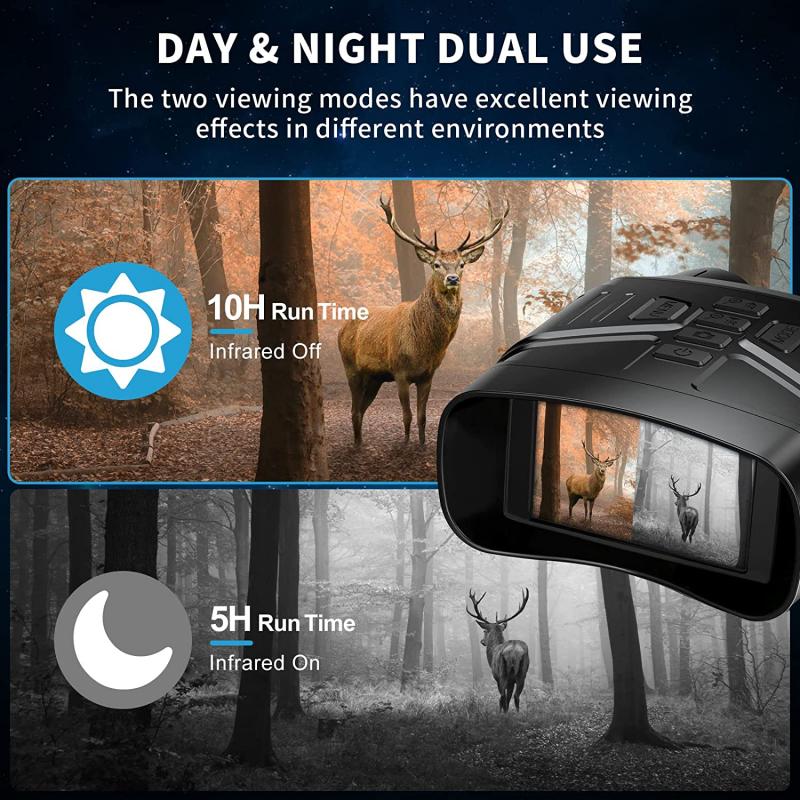
4、 Recommended Binoculars for Stargazing and Observing Stars
Yes, binoculars can indeed see stars. Binoculars are a great tool for stargazing and observing stars, especially for beginners or casual astronomers. They offer a wider field of view compared to telescopes, allowing you to take in more of the night sky at once.
When choosing binoculars for stargazing, there are a few factors to consider. The most important one is the aperture size, which determines the amount of light the binoculars can gather. A larger aperture will allow for better visibility of faint stars and celestial objects. A recommended aperture size for stargazing is around 50mm or larger.
Another important factor is the magnification power. Higher magnification can make it more difficult to hold the binoculars steady and can result in a narrower field of view. For stargazing, a magnification of around 7x to 10x is generally recommended.
Additionally, it is important to consider the weight and size of the binoculars, as you will be holding them for extended periods of time. Opt for a lightweight and compact design that is comfortable to use.
It is worth noting that while binoculars are great for observing stars, they have limitations compared to telescopes. Binoculars may not reveal as much detail as a telescope, especially when it comes to distant galaxies or nebulae. However, they are excellent for observing star clusters, the Moon, and even some of the brighter planets.
In conclusion, binoculars can indeed see stars and are a recommended tool for stargazing and observing celestial objects. They offer a wider field of view, making it easier to take in the beauty of the night sky. Just make sure to choose binoculars with a suitable aperture size, magnification power, and comfortable design for an optimal stargazing experience.
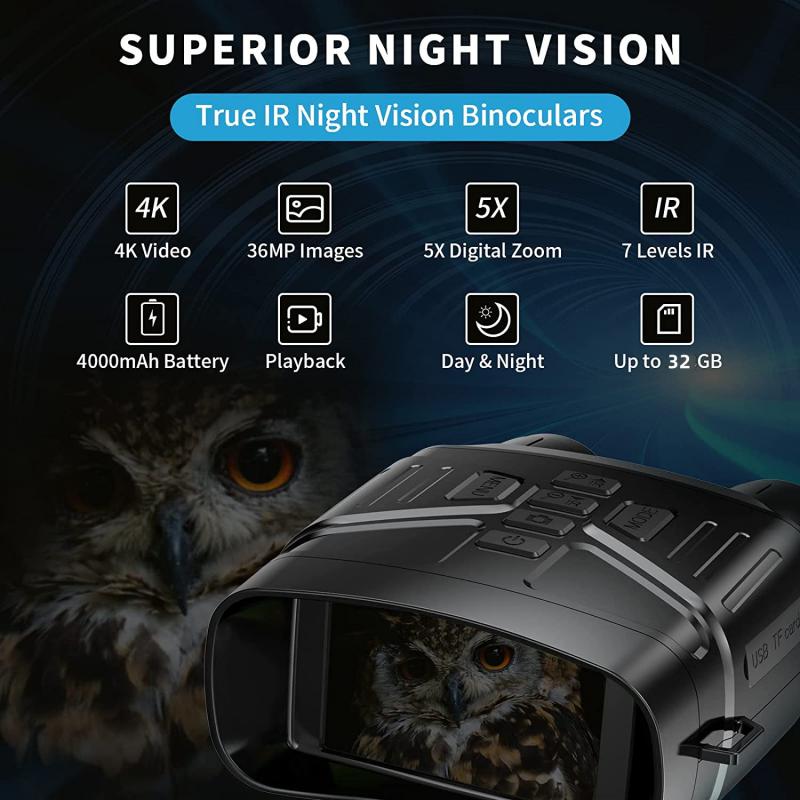




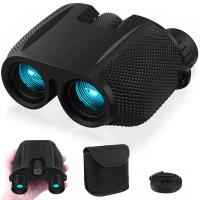
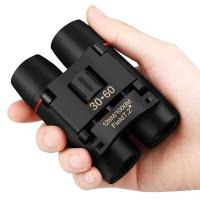
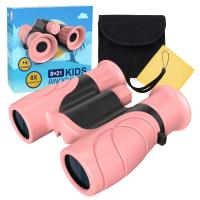
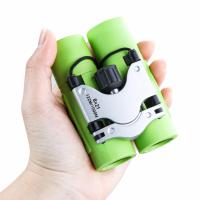
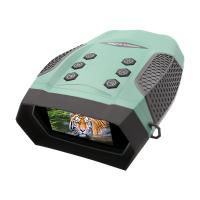
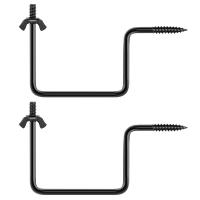



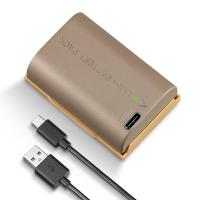
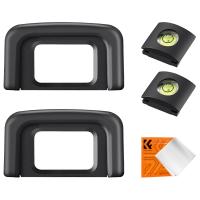

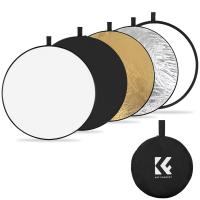



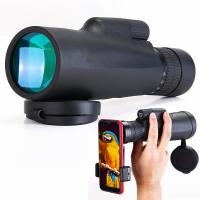
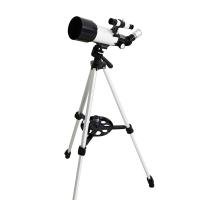
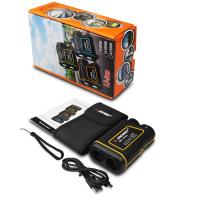
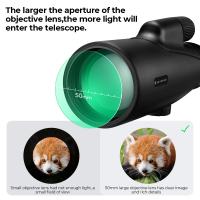
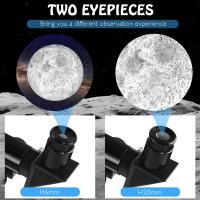

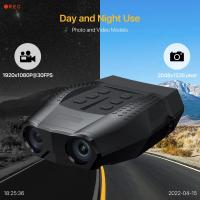
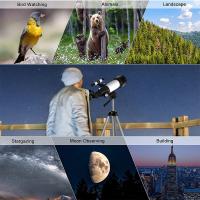
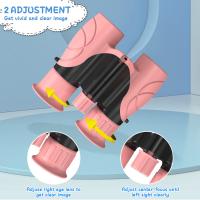
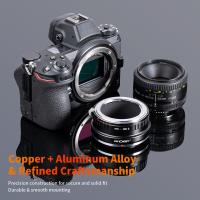
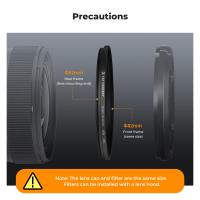
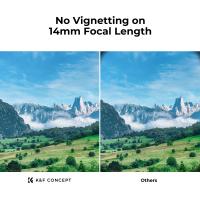

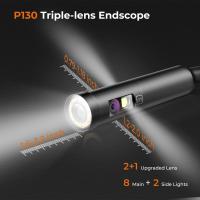
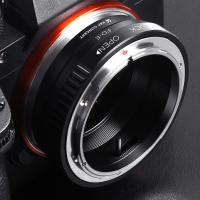
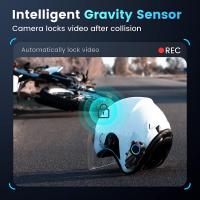
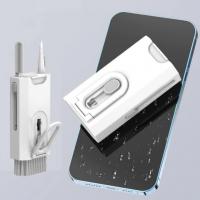



There are no comments for this blog.